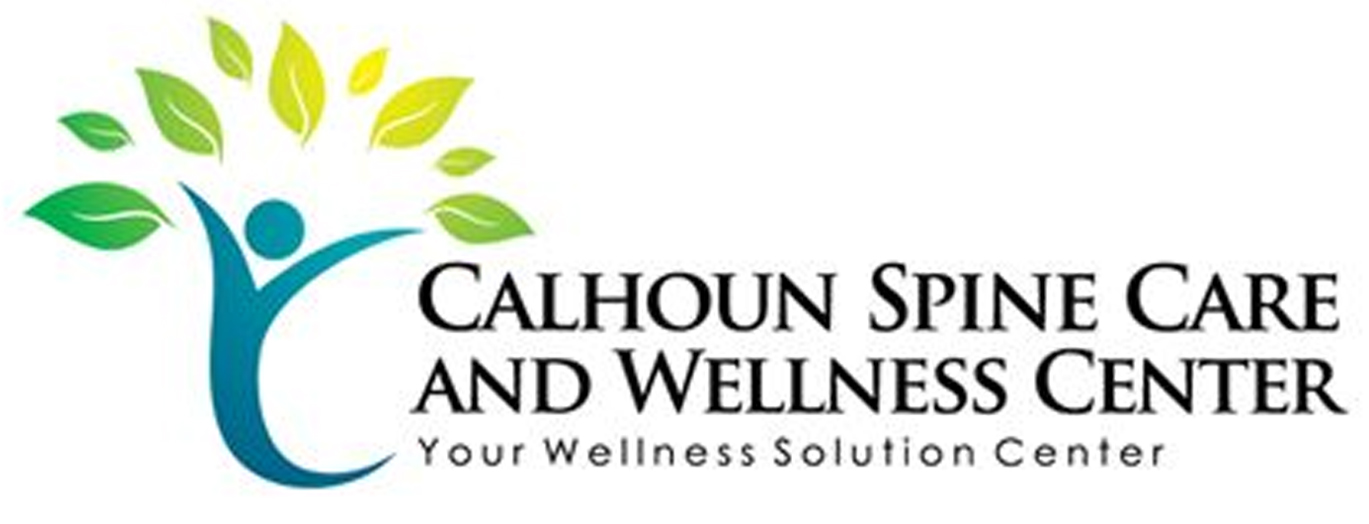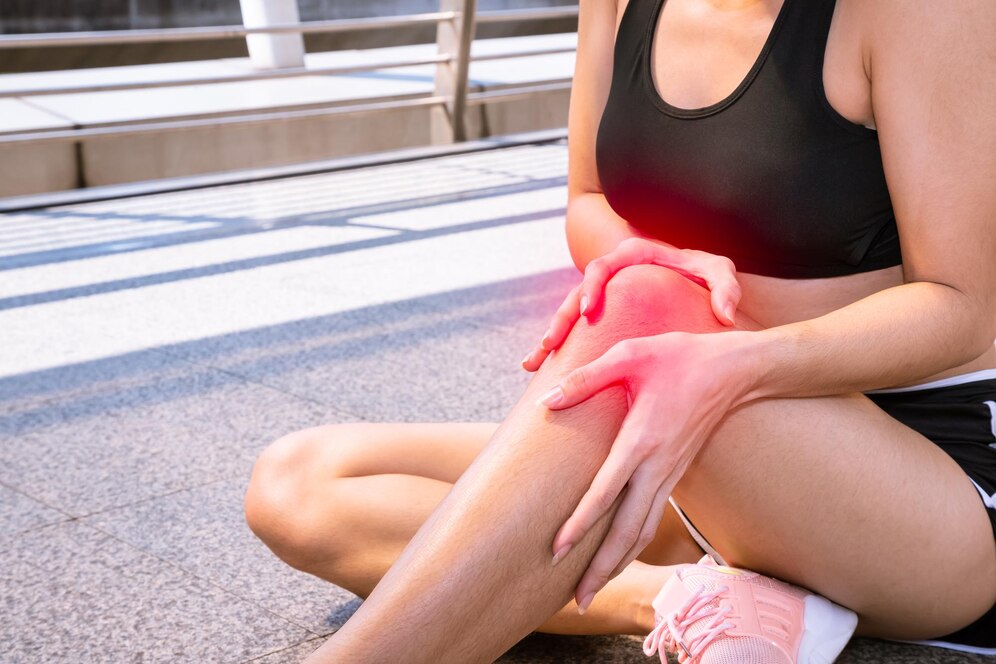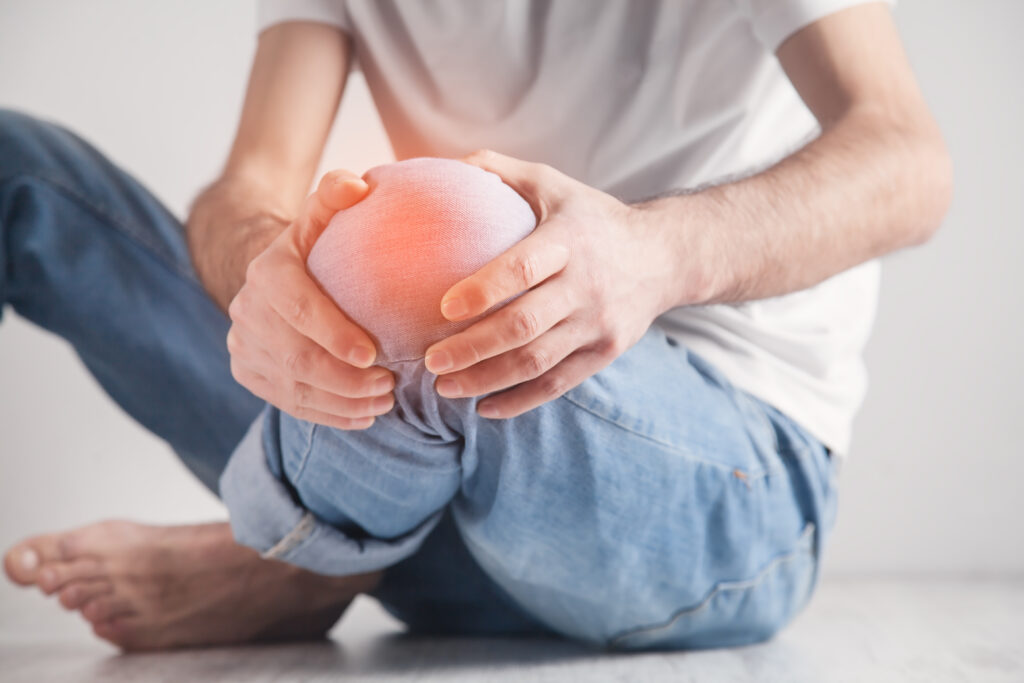If you're looking to improve your mobility and flexibility, you've got some effective strategies at your fingertips. Incorporating dynamic stretching into your routine or engaging in regular yoga can make a significant difference. Staying hydrated and focusing on a balanced diet are also key components you shouldn't overlook. But that's just the beginning—there's much more you can do to enhance your movement quality. Curious about how strength training and foam rolling play into this? Let's explore the essential tips that can transform your approach to mobility.
Incorporate Dynamic Stretching
Incorporating dynamic stretching into your routine can markedly boost your mobility and flexibility. Unlike static stretching, which involves holding a position, dynamic stretching gets your body moving through a range of motions. It prepares your muscles and joints for exercise, enhancing your performance and reducing the risk of injury.
To start, consider adding dynamic stretches like leg swings, arm circles, and walking lunges. These movements warm up your muscles and increase blood flow, making them more pliable. For instance, as you stand and swing your leg forward and backward, you're not just loosening up; you're also activating your hip flexors and hamstrings, which can improve your overall range of motion.
Aim to perform five to ten minutes of dynamic stretching before your workouts. This period should be focused on the muscle groups you'll be using.
If you're planning to run, incorporate high knees and butt kicks to engage your lower body effectively. If you're hitting the gym for upper body workouts, arm swings and torso twists can be beneficial.
Practice Yoga Regularly
Practicing yoga regularly offers a wealth of benefits, from improving flexibility to enhancing overall mobility.
You can start with essential poses that suit your level and gradually find your flow as you progress.
Embracing this ancient practice can transform not just your body, but also your mind.
Benefits of Yoga
Yoga offers a multitude of benefits that can greatly enhance both your physical and mental well-being. Practicing yoga regularly helps improve your flexibility, allowing you to move more freely throughout your daily activities. As you stretch and hold various poses, you'll find that your muscles become more supple, reducing the risk of injury.
Moreover, yoga promotes strength and balance, which are essential for overall stability. This newfound strength not only aids in physical tasks but also supports your posture, helping to alleviate back pain and discomfort.
On the mental side, yoga serves as a powerful stress-reliever. The focus on breath and mindfulness encourages you to be present, reducing anxiety and promoting a sense of calm. This mental clarity can enhance your concentration and focus in other areas of your life.
Additionally, regular yoga practice can improve your sleep quality. By calming your mind and relaxing your body, you'll find it easier to fall asleep and stay asleep.
Embracing yoga in your routine can lead to a happier, healthier you, both on and off the mat. So why not roll out your mat and start reaping these incredible benefits today?
Essential Yoga Poses
While many yoga poses can seem intimidating at first, mastering a few essential ones can greatly enhance your practice and overall mobility.
Start with the Downward Dog. This pose stretches your spine, hamstrings, and calves while building strength in your arms and legs. To get there, begin on your hands and knees, then lift your hips up and back, forming an inverted V-shape.
Next, try the Warrior I pose. It opens up your hips and chest while building stability. Stand tall, step one foot back, and bend your front knee. Reach your arms overhead and hold for several breaths.
Don't forget the Cat-Cow stretch, which warms up your spine. On your hands and knees, alternate between arching your back and rounding it as you breathe. This movement enhances flexibility and prepares your body for deeper stretches.
Lastly, incorporate the Child's Pose to relax and restore. Kneel, sit back on your heels, and stretch your arms forward on the mat.
Regular practice of these essential poses won't only improve your flexibility but also foster a deeper connection between your body and mind. So, roll out your mat and begin!
Finding Your Flow
To truly find your flow, engaging in yoga regularly is essential. Practicing yoga helps you connect your mind and body, enhancing both mobility and flexibility. As you roll out your mat, focus on your breath and the movements, allowing yourself to be present. This connection not only improves your physical performance but also promotes mental clarity.
Start with just a few minutes a day if you're new. Gradually increase your practice as you become more comfortable. Explore various styles, such as Hatha, Vinyasa, or Yin, to discover what resonates with you. Each style offers unique benefits that can help you develop strength, balance, and flexibility.
Consistency is vital. Aim for at least three sessions a week to experience significant improvements. Incorporate poses that challenge you while ensuring you listen to your body to prevent injury.
Stay Hydrated
Staying hydrated is essential for your overall mobility and flexibility.
When you drink enough water, your muscles function better and recover faster.
Importance of Water Intake
Maintaining proper hydration is essential for enhancing your mobility and flexibility. Water plays an important role in keeping your joints lubricated, which can help prevent stiffness and discomfort during movement. When you're well-hydrated, you're more likely to experience smoother shifts between stretches and exercises, allowing you to achieve a greater range of motion.
Dehydration can lead to a decrease in muscle elasticity, making it harder for you to perform activities that require flexibility. You might notice that your muscles feel tight or cramp easily when you're not drinking enough water. This can hinder your ability to stretch effectively and may even increase the risk of injury.
To improve your overall mobility, aim to drink water consistently throughout the day. Instead of waiting until you feel thirsty, make it a habit to sip water regularly, especially before, during, and after your workouts.
Consider carrying a water bottle with you to remind yourself to stay hydrated. By prioritizing your water intake, you'll support your body's natural ability to move freely and comfortably, enhancing your overall performance in physical activities.
Hydration and Muscle Function
Hydration directly impacts muscle function, influencing your strength, endurance, and recovery. When you're well-hydrated, your muscles can perform at their best, allowing you to push through workouts with greater intensity. Dehydration, on the other hand, can lead to muscle cramps, fatigue, and decreased overall performance.
To maintain hydration, aim to drink water consistently throughout the day, especially before, during, and after exercise. You mightn't realize it, but even a small drop in your body's hydration level can affect your ability to exercise effectively. If you're sweating heavily, consider electrolyte-rich drinks to replenish lost minerals.
Keep an eye on your urine color; a light yellow indicates good hydration, while dark yellow suggests it's time to drink more water. Also, don't wait until you feel thirsty to hydrate; by that point, you may already be dehydrated.
Incorporating water-rich foods like fruits and vegetables into your diet can also boost your hydration levels.
Use Foam Rollers
While you mightn't think of foam rollers as vital tools for your fitness routine, they can greatly enhance your mobility and flexibility. Foam rolling, also known as self-myofascial release, helps to alleviate tightness in your muscles and fascia, allowing for improved range of motion. By incorporating foam rolling into your warm-up or cool-down sessions, you can prepare your muscles for activity or aid in recovery afterward.
To get started, choose a foam roller that suits your comfort level. A softer roller can be beneficial for beginners, while firmer options provide deeper pressure for more experienced users. When you roll, focus on major muscle groups like your quadriceps, hamstrings, calves, and back. Spend at least 30 seconds rolling each area, applying moderate pressure until you find a tender spot.
Once you locate a tight spot, pause and breathe deeply to help release the tension. It's important to roll slowly and avoid bouncing, as this can cause injury. Instead, move in controlled, steady motions. You'll want to integrate foam rolling into your routine consistently; aim for several times a week to see best results.
Not only does foam rolling enhance flexibility, but it can also improve blood circulation and reduce muscle soreness after workouts.
Focus on Strength Training
Foam rolling is just one part of a thorough approach to enhancing your mobility. To truly elevate your flexibility and movement, you need to focus on strength training. Building strength doesn't just help you lift heavier weights; it also plays an essential role in improving your overall mobility. When you strengthen your muscles, you support the joints and connective tissues, allowing them to move more freely and efficiently.
Start by incorporating compound movements like squats, deadlifts, and bench presses into your routine. These exercises engage multiple muscle groups and promote functional strength, which directly translates to better mobility. As you build strength, you'll notice an improvement in your range of motion and stability.
Don't overlook the importance of bodyweight exercises, either. Push-ups, pull-ups, and lunges can effectively enhance your strength without the need for heavy equipment. They also encourage proper form and body awareness, which are vital for maintaining mobility.
It's important to balance strength training with flexibility work. You might want to follow your strength sessions with a cool-down routine that includes stretching. This will help guarantee that your muscles remain pliable and can support your improved strength.
Lastly, listen to your body. If you feel tightness or discomfort during certain movements, take the time to address those issues. By consistently combining strength training with mobility exercises, you'll see significant improvements in your overall movement quality, allowing you to enjoy a more active lifestyle.
Maintain a Balanced Diet
A balanced diet is essential for optimizing your mobility and overall health. When you fuel your body with the right nutrients, you not only support muscle function but also enhance flexibility and joint health. You mightn't realize it, but the foods you eat can greatly impact how well you move.
To maintain a balanced diet, focus on incorporating a variety of food groups. Consider the following:
- Fruits and Vegetables: Rich in vitamins and antioxidants, these foods help reduce inflammation and improve recovery times.
- Lean Proteins: Sources like chicken, fish, beans, and legumes provide the building blocks necessary for muscle repair and growth.
- Whole Grains: Foods like brown rice, quinoa, and whole-grain bread offer sustained energy, which is essential for maintaining an active lifestyle.
Hydration is another important component of your diet. Water aids in digestion and helps lubricate your joints, making movement easier and more fluid. Aim to drink plenty of water throughout the day, especially before and after exercise.
Lastly, don't overlook healthy fats. Foods such as avocados, nuts, and olive oil can support joint health and provide essential fatty acids.
Prioritize Consistent Routine
Establishing a consistent routine is key to enhancing your mobility and flexibility. When you make movement a regular part of your day, it becomes easier to maintain and improve your body's range of motion. Start by scheduling specific times for stretching and mobility exercises. Treat these sessions like appointments—don't skip them!
Incorporate a variety of activities into your routine. Try dynamic stretches before workouts to warm up your muscles, and static stretches afterward to cool down. Aim for at least 15-30 minutes of focused mobility work daily. You'll notice improvements in how your body feels and moves.
Listen to your body. If you find certain stretches or movements cause discomfort, adjust them to fit your needs. Consistency doesn't mean pushing through pain; it's about finding a balance that works for you.
Keep your routine enjoyable by mixing in different types of exercises, like yoga or Pilates, to keep things fresh and engaging. Track your progress. Keeping a journal can help you stay motivated and recognize how far you've come. Celebrate small milestones, whether it's reaching a deeper stretch or simply sticking to your routine for a week straight.
Lastly, remember that consistency is about quality over quantity. Focus on performing each movement correctly, rather than rushing through a long list of exercises. By prioritizing a consistent routine, you'll not only enhance your mobility and flexibility but also foster a healthier relationship with your body.
Conclusion
By incorporating these seven tips into your routine, you can greatly enhance your mobility and flexibility. Start with dynamic stretching and regular yoga to prepare and relax your muscles, while hydration and a balanced diet keep your joints healthy. Don't forget the power of foam rolling and strength training to alleviate tightness and improve movement quality. Remember, consistency is key—prioritize a sustainable routine that works for you, and you'll feel the benefits in no time!



